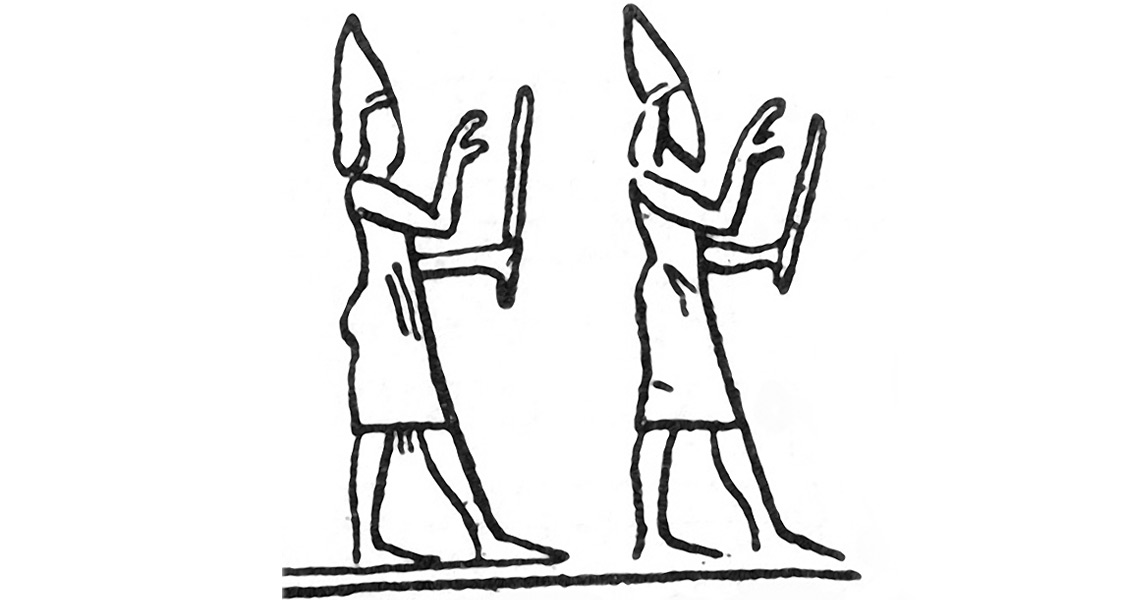<![CDATA[Last December, archaeologists uncovered 18 artefacts in a 2.5 metre deep excavation near the Varto district in the eastern province of Mus, Turkey. Among their discoveries were bull and human figures and five pieces of a glass necklace, still in an excellent condition. The most significant find however, was a trade seal dating back to the Kingdom of the Urartu, from the eighth and ninth centuries BCE. This seal proves that the Urartu people lived and conducted trade activities in what is now Eastern Turkey. The Urartian culture had a sophisticated political system and an impressive knowledge of metalwork, much of which is already on display at the Ahlat Museum. According to the museum's website "the Ahlat Museum was opened for exhibition in 1970. The monuments which were discovered during the excavations conducted in Cifte Hamam, Zaviye and Ulu Camii between 1965-1991, and ceramic findings ornamented with figures of Seljuk Times are all exhibited in the museum." Now the museum has new artefacts to add to its many collections of the Urartu people and the Urartu era. Museum Director Ziya Kõlõn explained that the new artefacts will be cleaned and exhibited in a new gallery dedicated to the Mus Varto region. The Urartian civilisation was eventually destroyed by persistent invasions in war-torn Iron Age Mesopotamia, but they left a rich yet mysterious legacy behind them. The era of the Urartu is confusing as all records of the origins of the people's history have been lost. Before its destruction, the Urartu civilisation stretched across what is now Eastern Turkey, the modern Armenian Republic, and Iran. Recent excavations have yielded intriguing artefacts that are helping archaeologists piece together Urartian history. Faceless and winged sphinxes have been found, as well as plates depicting gods holding unknown objects in their hands. The civilisation is still shrouded in mystery, but archaeologists are starting to gather some insights. The area currently being excavated is teeming with artefacts from the Urartian, Ottoman, and Byzantine empires. The excavation team responsible for the seal's discovery hope to find many more relics once they begin to excavate deeper than three metres. The team is especially hoping to discover their own 'Rosetta Stone' - a clue to help them understand the as yet un-deciphered hieroglyphic language used by the Urartian people in the region for special, often religious texts. Ultimately, the team of archaeologists intend to eventually dig to a depth of 13 metres, in the hope of discovering artifacts from the Neolithic era. That being said, there's no telling what fascinating artefacts they might find on the way down. ]]>
Urartian Trade Seal Found
